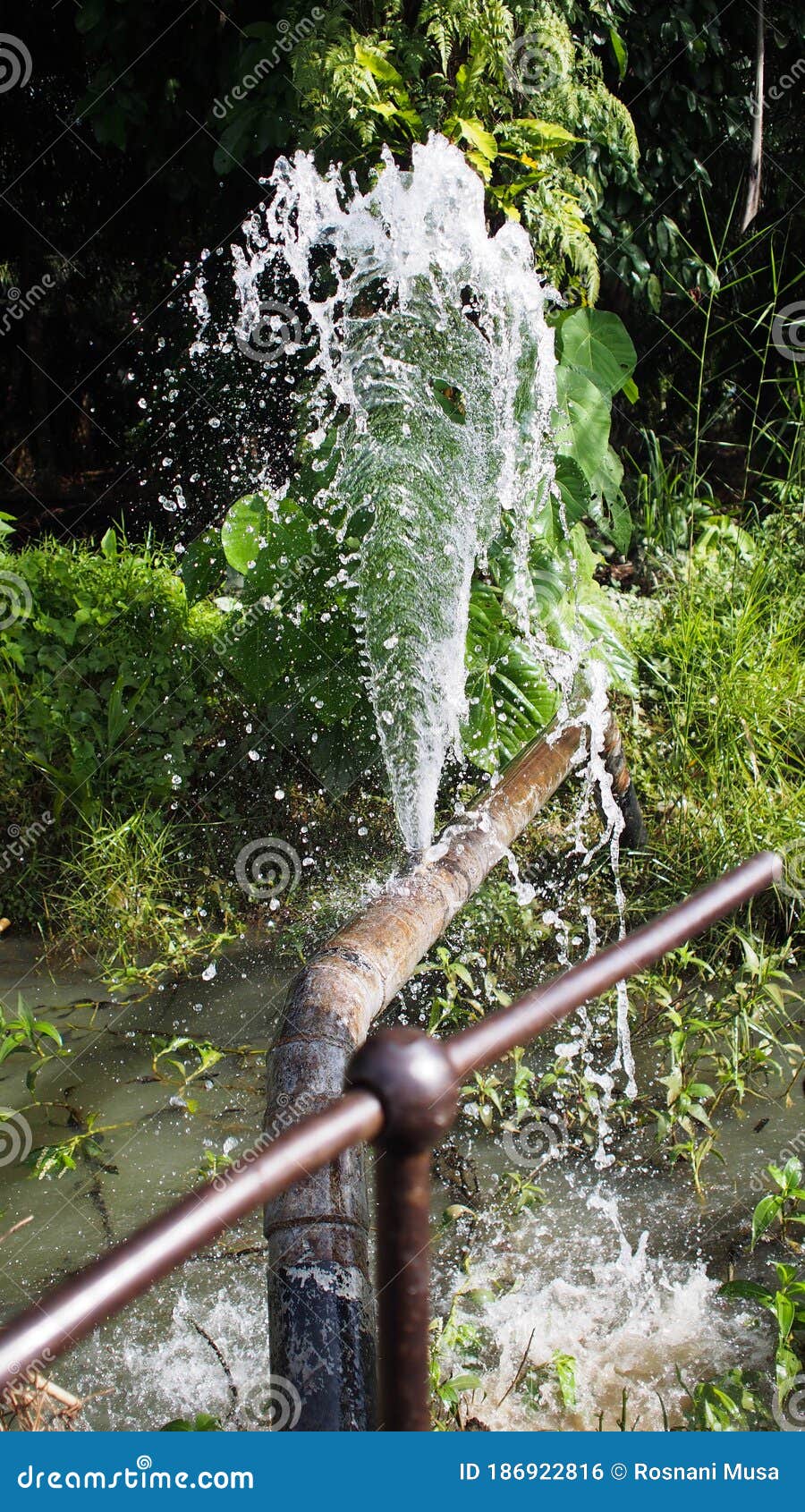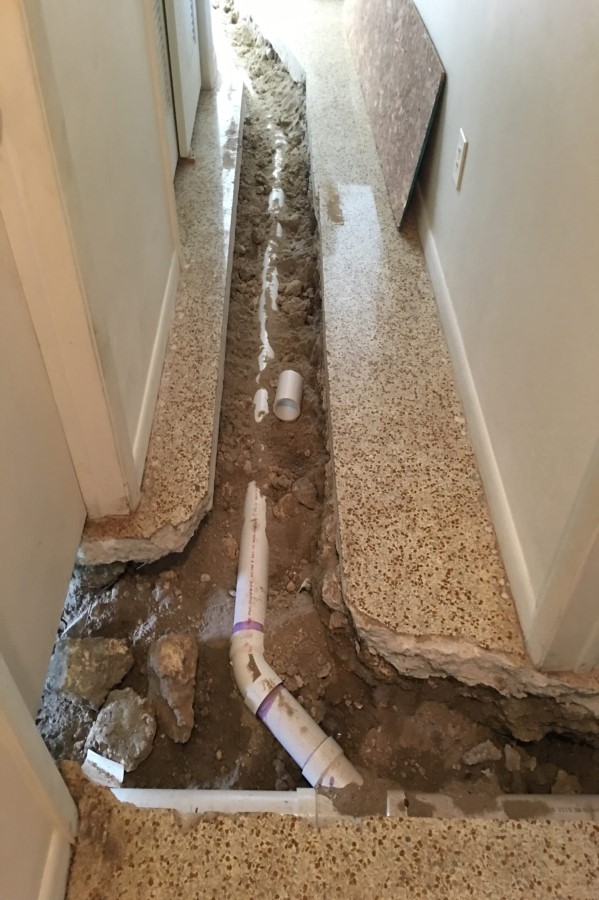Burst Pipe Insurance Claims: What You Need to Know for Water Damage Coverage
Burst Pipe Insurance Claims: What You Need to Know for Water Damage Coverage
Blog Article
Preventing Ruptured Pipes: Important Tips to Safeguard Your Pipes
Avoiding burst pipelines is an important issue for home owners, specifically during cooler months when the danger of cold is enhanced. Applying critical measures such as appropriate insulation, regular assessments, and keeping consistent interior temperature levels can substantially decrease the probability of pipe failure.
Understand Pipeline Vulnerabilities
Comprehending pipeline susceptabilities is essential for effective pipes upkeep and preventing expensive damage. Numerous aspects add to the susceptibility of pipes to ruptureds, including material composition, age, and environmental conditions. Older pipelines, particularly those made from galvanized steel or polybutylene, often weaken with time, causing boosted risk of tears and leakages.
Temperature variations can additionally substantially effect pipe stability. In cooler environments, water caught in pipelines can ice up, increasing and putting in pressure on the pipeline wall surfaces, which might eventually cause a burst. High water pressure can stress pipelines, especially at joints and bends, increasing the probability of failure.

Insulate Water Lines Properly
Correct insulation of pipes is vital for preventing freezing and subsequent ruptureds during cold climate (burst pipe). Shielding your plumbing system effectively safeguards versus temperature level drops that can result in costly damages. Begin by identifying susceptible locations where pipelines are revealed to outdoor temperatures, such as cellars, attics, and outside walls
Use foam pipe insulation sleeves or cover insulation tape around these locations to offer a protective barrier. Ensure that all sections of the pipes, particularly those with restricted heat direct exposure, get ample insulation. Pay special focus to joints and fittings, as these are much more prone to freezing.
When shielding, it's crucial to select materials that satisfy regional building regulations and are suitable for the specific environment. Fiberglass insulation is usually recommended for its thermal resistance homes. In addition, think about using warmth cable televisions or tape in severe problems, which can be connected in to provide additional warm
Regularly check insulated pipelines for any kind of indicators of wear or damage, as compromised insulation can reduce its performance. By taking these aggressive procedures, you dramatically reduce the danger of pipe ruptureds, ensuring a dependable pipes system throughout the winter season.
Maintain Consistent Temperature
A secure interior temperature level is vital for avoiding ruptured pipelines during the cold months. When temperature levels drop, water within pipes can freeze, broadening and producing pressure that might inevitably cause the pipelines to burst.Making use of a programmable thermostat can help manage indoor temperature levels effectively, guaranteeing that areas with pipes stay warm also when the home is vacant.
This small flow of water can avoid freezing by reducing pressure within the pipelines. By executing these approaches, home owners can considerably lower the danger of pipe bursts and secure their plumbing systems against the extreme wintertime components.
Frequently Check Pipes
Regular evaluations of pipes systems are important for protecting against burst pipelines and keeping total home integrity. Throughout these inspections, it is crucial to analyze noticeable pipelines for indicators of deterioration, leaks, or use.
In addition, examining links and joints is essential, as these points are usually vulnerable to leakages. House owners should also assess water stress levels, as extreme pressure can stress the pipes system and raise the danger of pipeline ruptureds.
Take into consideration scheduling expert plumbing assessments at the very least when a year, particularly before winter season, to guarantee your system is prepared for chillier temperature levels. By being proactive in your approach, you can protect your home versus the turbulent and expensive effects of ruptured pipelines.
Know Emergency Treatments
Understanding emergency situation procedures is crucial for every property owner, particularly after carrying out regular pipes evaluations. Being prepared for a plumbing emergency situation can significantly mitigate damage and save prices.
Following, maintain necessary tools convenient. A plumbing emergency situation set must include a wrench, bettor, and towels, in addition to a flashlight and a container for little leakages. Furthermore, Go Here consider having the get in touch with information for a relied on plumbing click to read more technician conveniently offered, must the scenario intensify past your control.
If you detect a leakage or burst pipeline, quickly switch off the water supply and alert your plumber. Furthermore, document the damage with pictures for insurance policy purposes. burst pipe. Understand the indicators of prospective plumbing issues, such as unusual water stress changes or damp areas on walls
Ultimately, positive knowledge and speedy action are critical in managing pipes emergencies, ensuring your home continues to be safeguarded and reducing potential damage.

Final Thought
In final thought, stopping burst pipelines demands a diverse strategy that consists of understanding pipe susceptabilities, correct insulation, keeping regular interior temperature levels, routine assessments, and understanding of emergency situation procedures. By applying these important approaches, the danger of pipes failings can be substantially minimized, consequently guaranteeing the durability and efficiency of the pipes system. Proactive procedures not only safeguard against possible damage but also contribute to total water preservation and the protection of property.
In chillier climates, water entraped in pipelines can ice up, exerting and increasing pressure on the pipeline wall surfaces, which might ultimately lead to a burst. When temperature levels decline, water within pipes can ice up, developing and increasing pressure that might eventually cause the pipelines to ruptured. By executing these strategies, property owners can considerably minimize the danger of click this pipeline ruptureds and guard their pipes systems versus the severe wintertime elements.

Report this page